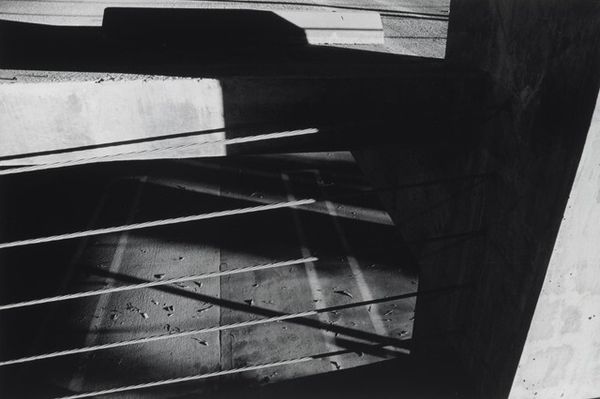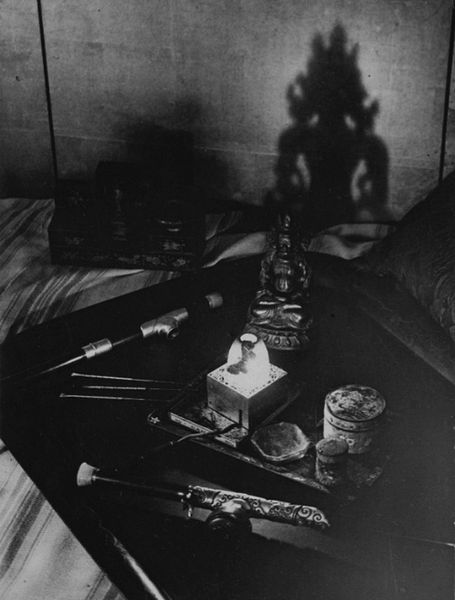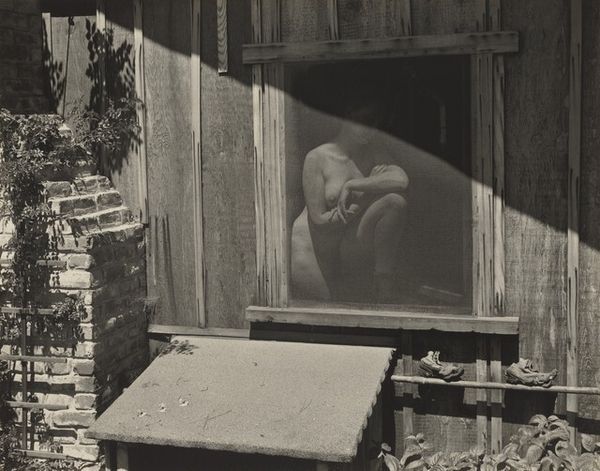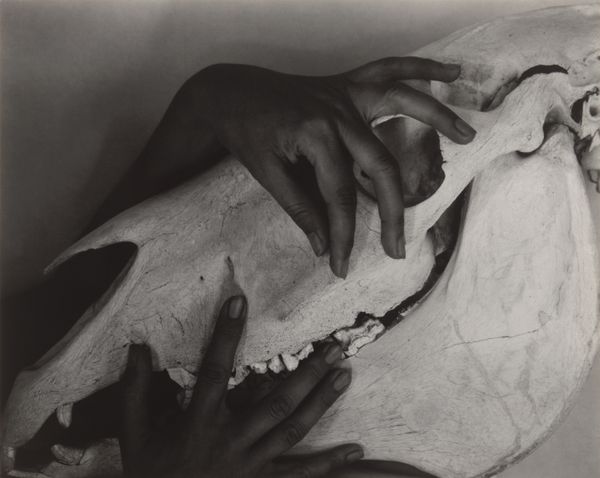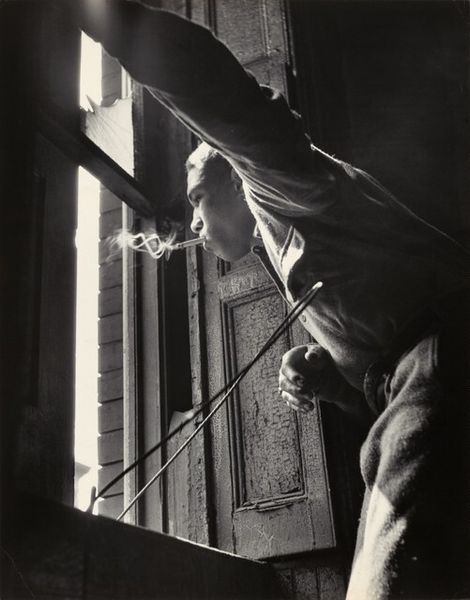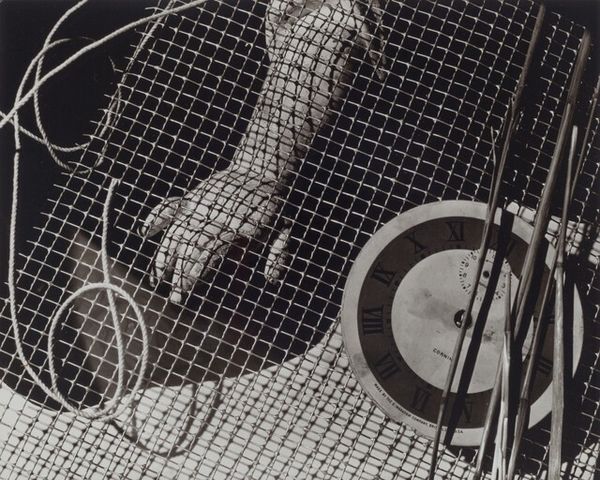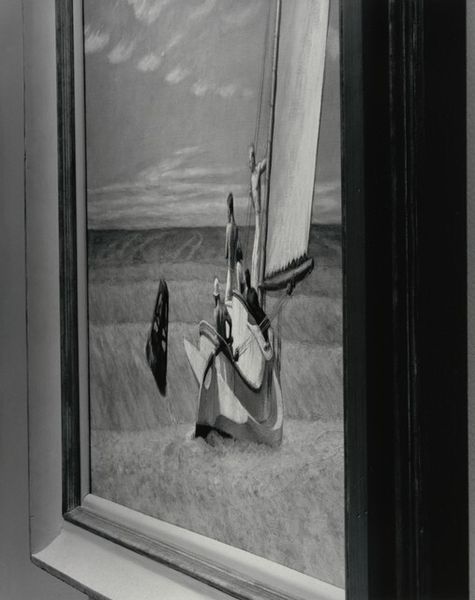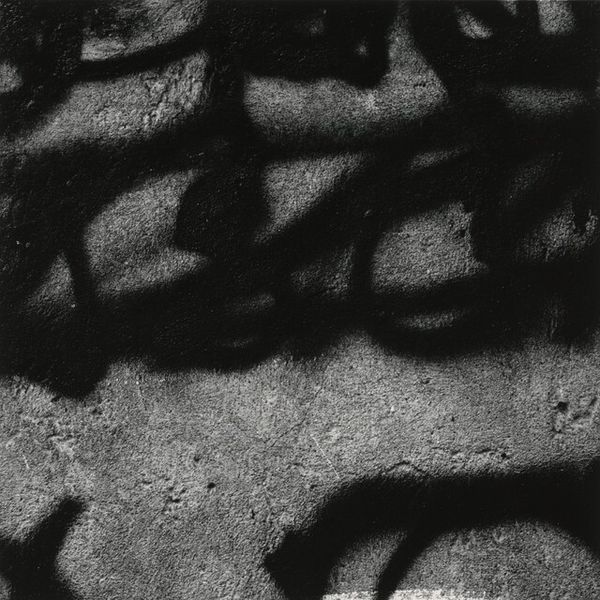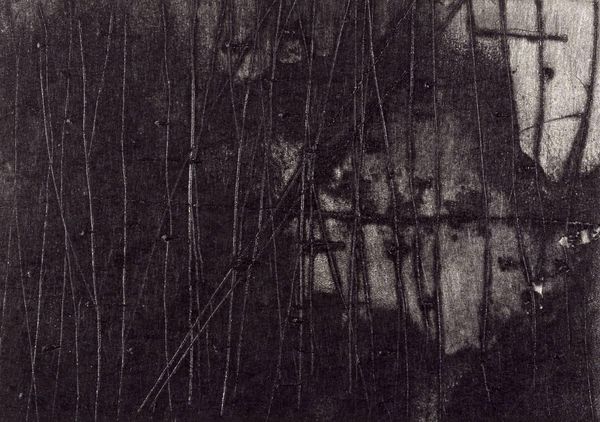
photography, gelatin-silver-print
#
black and white photography
#
landscape
#
black and white format
#
street-photography
#
photography
#
black and white
#
gelatin-silver-print
#
monochrome photography
#
monochrome
#
realism
#
monochrome
Dimensions: image: 32 x 20.4 cm (12 5/8 x 8 1/16 in.) sheet: 35.3 x 27.9 cm (13 7/8 x 11 in.)
Copyright: National Gallery of Art: CC0 1.0
Editor: This gelatin-silver print, "San Francisco," by Ralph Gibson, made in 1960, strikes me as a study in contrasts. The light and shadow play is so stark, highlighting the texture of the hand gripping the cane. What can you tell me about its context? Curator: Looking at it as a historian, the social context of 1960s San Francisco is vital. This was a period of social upheaval, with the Civil Rights Movement gaining momentum and the counterculture emerging. The image’s focus on an older person with a cane can symbolize both physical frailty and resilience, but might also subtly point at disenfranchisement within the societal landscape, do you see it? Editor: That's a perspective I hadn't considered. The cane now seems less about simple assistance and more a symbol of bearing the weight of experience through a turbulent period. Curator: Exactly. The high contrast further reinforces this sense of drama. Consider how museums, galleries, and the art market elevated street photography as a legitimate art form during this era. How do you think this photograph participated in that larger phenomenon? Editor: I suppose the simplicity of the subject matter, contrasted with its technical execution, aligns it with the "realism" trend. It documents a quiet moment, but within that quiet, something profound is felt. It presents something ordinary in an elegant way. Curator: Precisely. The choice of black and white format enhances the starkness, emphasizing the city's social contrasts. Did Gibson deliberately intend this, or was it simply his aesthetic choice? Editor: That's something that I think is harder to know for sure. I appreciate thinking about how cultural context informs both its creation and my understanding of it, though. Curator: And that’s a critical element to the social and cultural reading of any artwork. It transforms the image into a comment on the times, instead of a simple study of form.
Comments
No comments
Be the first to comment and join the conversation on the ultimate creative platform.

